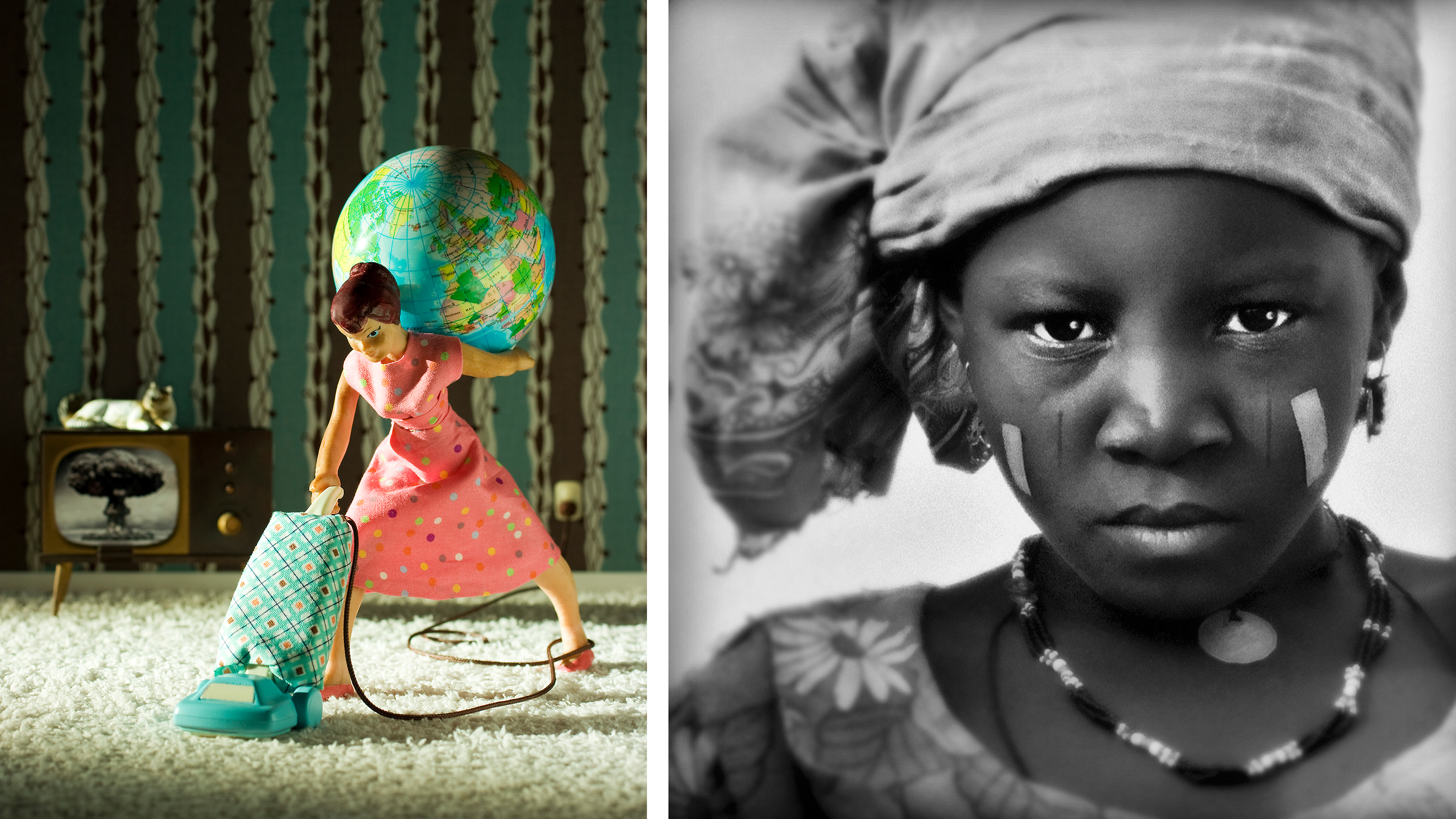AI reimagines Robert Capa's missing D-Day photos – conceptual artist Phillip Toledano blends fact and fiction in 'We Are at War'
Modern advancements in AI generation are blurring the line of truth, Toledano's recent project looks at how this might affect our past, present, and future relationships with images
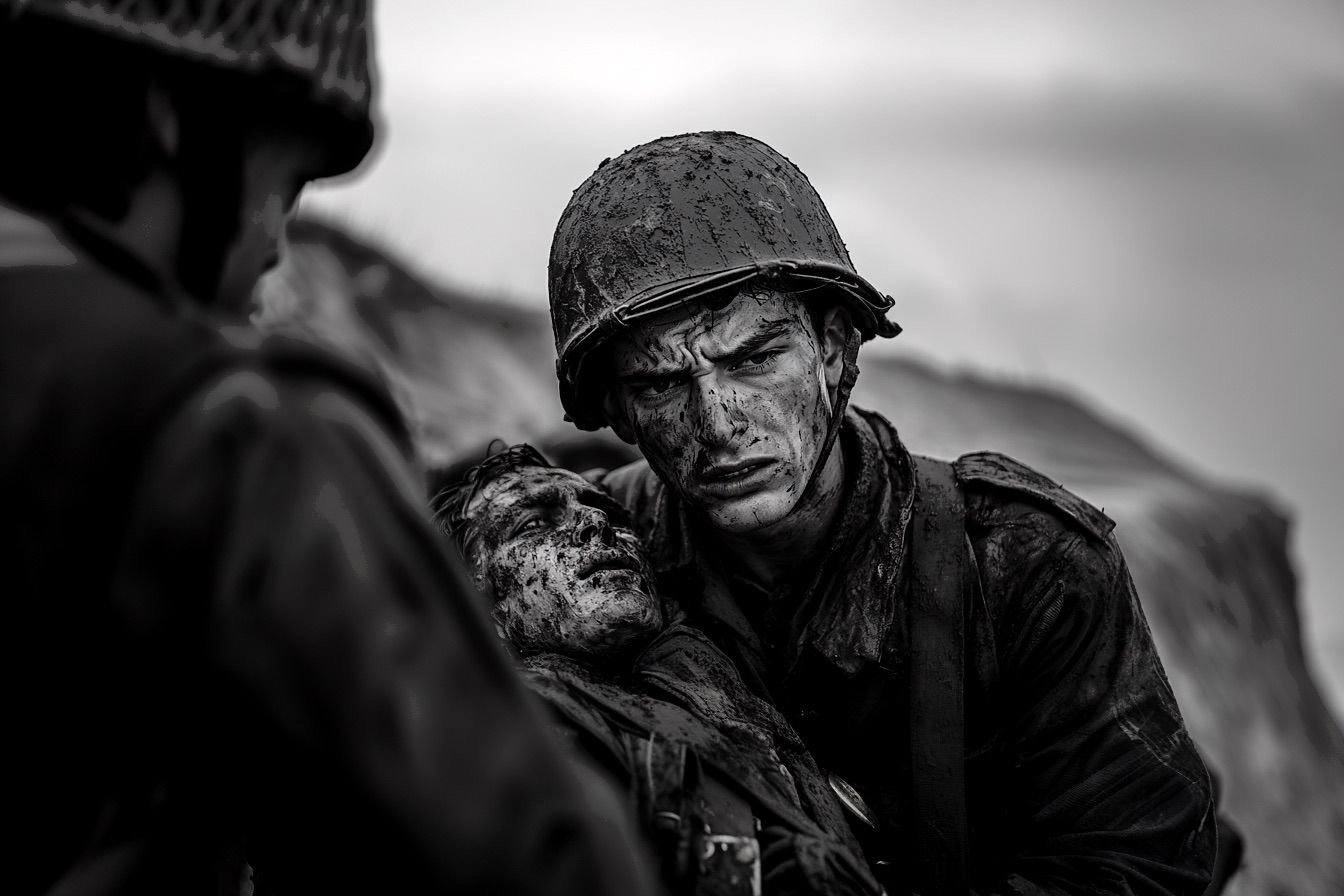
Conceptual artist Phillip Toledano uses AI to 'reimagine' D-day, provoking conversation about the line between fact and fiction.
The emergence of AI image generators has happened quickly and continues to evolve at a rapid rate. It is now possible to create fictional images or even videos that appear real just from a single text prompt. Along with the advancements in this technology, it is getting harder to distinguish what is real and what is not.
Phillip Toledano aims to challenge this by presenting his new project We Are at War, a new photography book, with images created by AI, and an exhibition that reimagines the historical events of June 6, 1944 – D-Day.
Toledano states, "We are at a cultural turning point – our relationship with the image, and the idea of image as truth – has fundamentally changed. What better way to illustrate this than by convincingly reinventing one of the most significant moments of our own near history?".
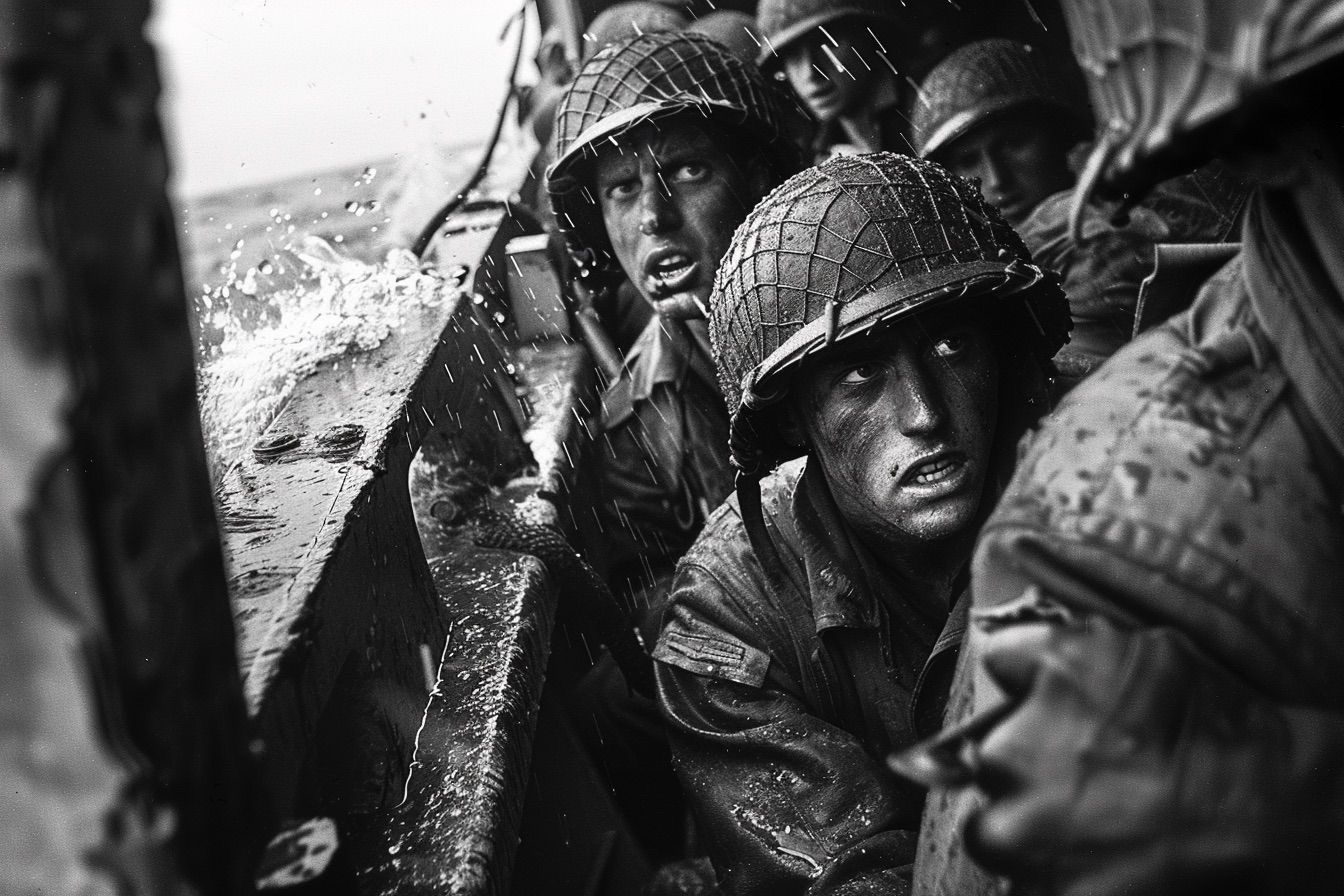
Renowned Magnum photographer Robert Capa shot four rolls of film that day, and unfortunately, after an alleged mishap at the developing lab, only 11 images survived. Toledano's work reimagines a scenario where Robert Capa's lost/damaged rolls of film shot on D-day survived, and what it might depict. The result is an eerily real narrative of the horrors that were experienced on that day.
The contact sheet of images depicts a narrative arc that starts in the pub, leading into the midst of battle, and then the terror of the event and casualties of war. Missed / out-of-focus shots were included in the AI contact sheet to add a heightened sense of realism to the images, blurring that line between AI's typical perfection and authentic camera capture even further.
"We Are at War is part of my continued exploration of historical surrealism - working with AI, I imagine one of Capa’s lost roll of 36 images - and in doing so, demonstrate how utterly convincing invented history can be. If we can rewrite the past so persuasively, imagine what we can do with the present", says Toledano.
Get the Digital Camera World Newsletter
The best camera deals, reviews, product advice, and unmissable photography news, direct to your inbox!
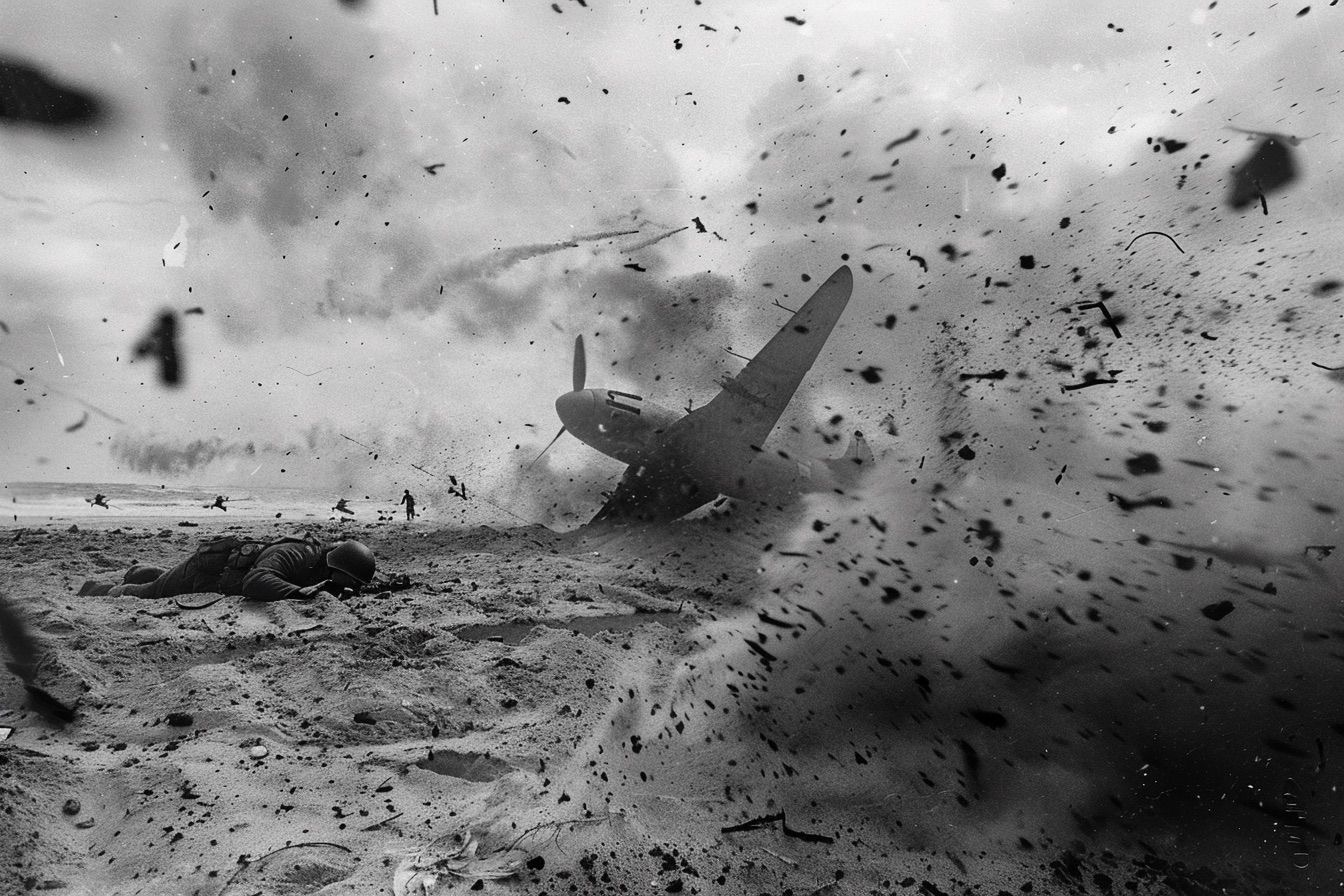
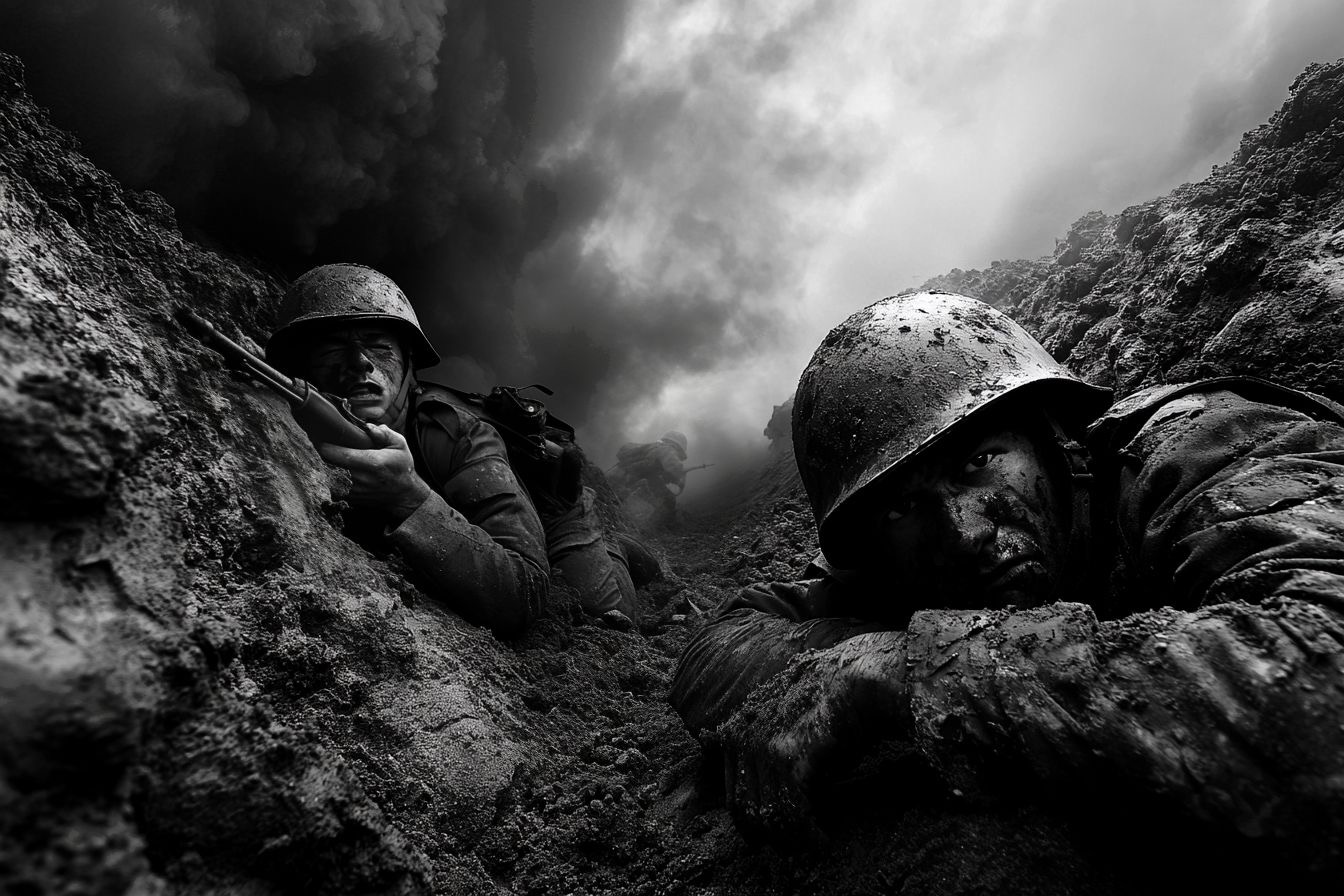
We Are at War is presented in a printed publication resembling a newspaper from 1944 complete with AI-generated articles and advertisements, presented in a period-correct box. The work also went on display at Planches Contact at the Deauville Photography Festival.
Reimagining history in this way is no doubt a conflicting topic, but I wonder why we are more accepting of movies reinventing history for entertainment purposes but when it comes to photography there seems to be something 'not right' about it. It's most likely to do with the fact and fiction line that is now becoming blurred.
Movies have always been understood and expected to be fiction even when based on true events, however, photography has always been considered truth – that what is captured was really there. AI is becoming so realistic that it can often pass as photographs where in lies the larger issue, and I believe the meaning behind Toledano's work.
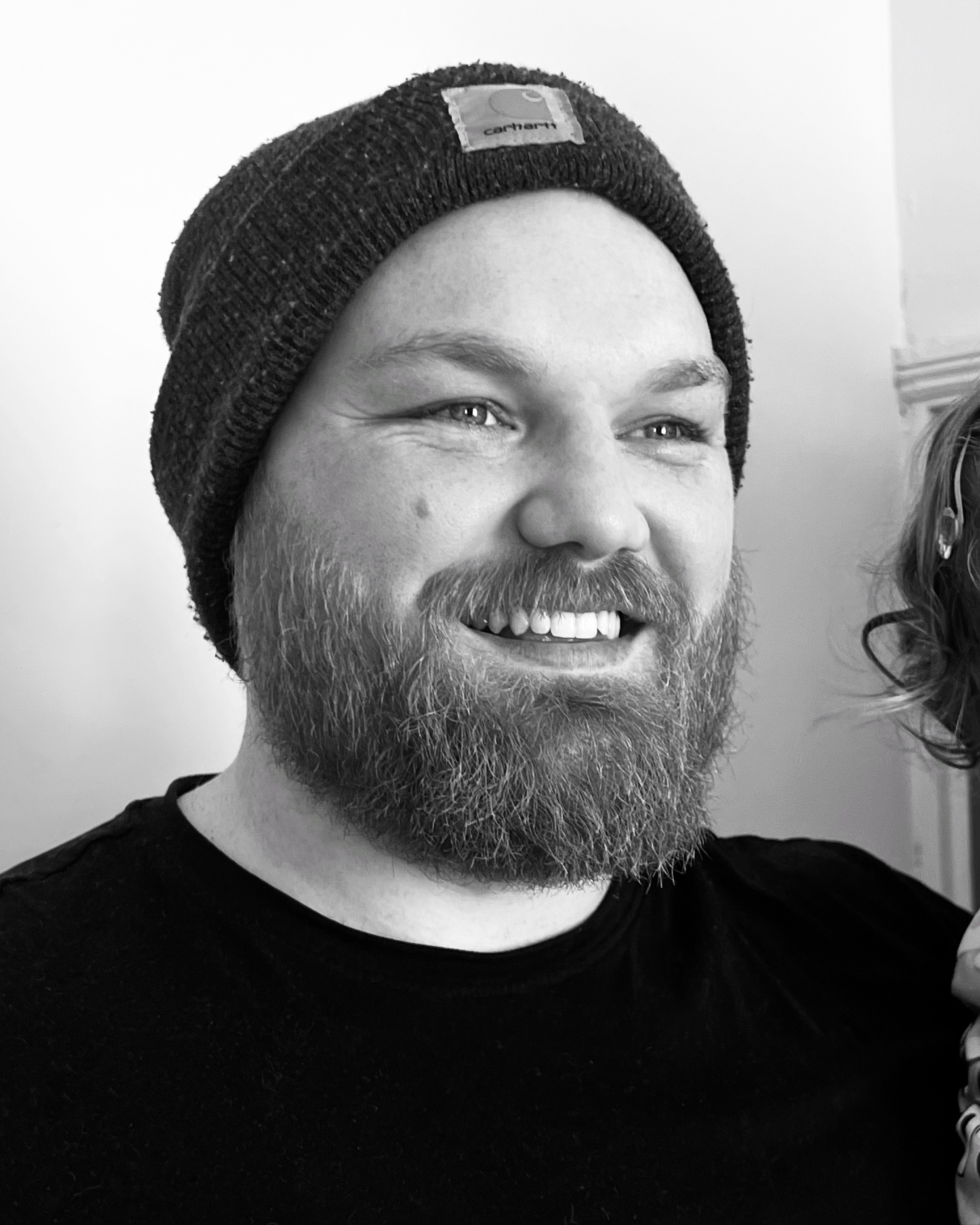
Kalum is a professional photographer with over a decade of experience, also working as a photo editor and photography writer. Specializing in photography and art books, Kalum has a keen interest in the stories behind the images and often interviews contemporary photographers to gain insights into their practices. With a deep passion for both contemporary and classic photography, Kalum brings this love of the medium to all aspects of his work.
